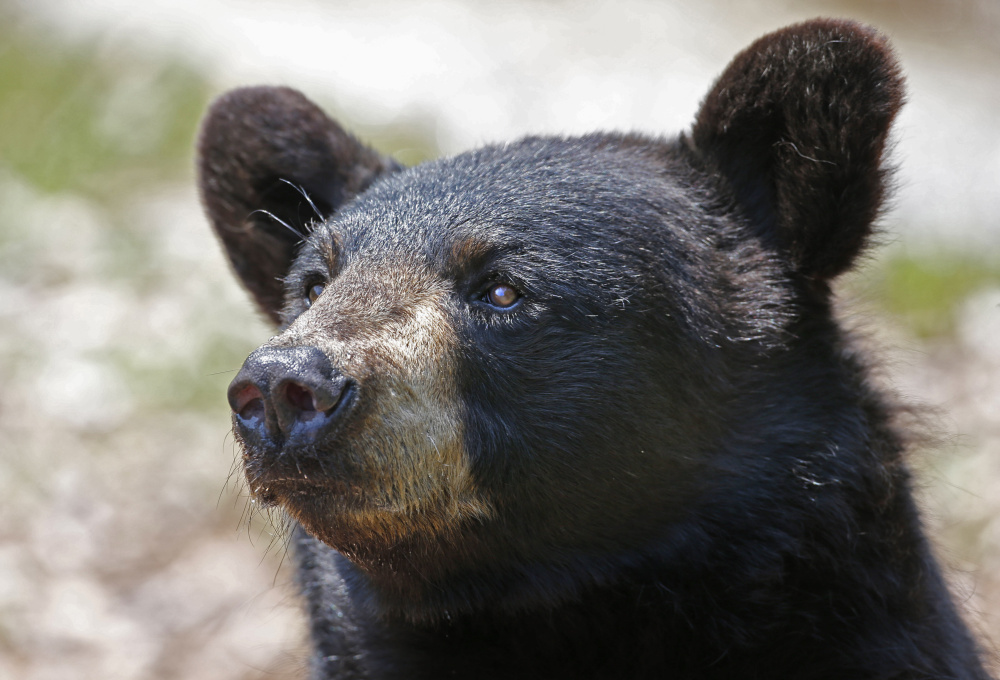The black bear population in northern New England is growing, and wildlife managers say this year’s hunt for the animals is especially important to control it.
Confrontations between people and bears generally increase during dry summers like the one this year. Dry weather reduces the amount of natural food, such as wild berries, and draws bears closer to humans’ homes as they search bird feeders and garbage cans for food.
The bear hunt is underway in Maine, where more than 600 people have complained of bear encounters this year – the most since 2012. The state is hoping for more participation in this year’s hunting season to help slow the growth of the bear population, said Jennifer Vashon, a bear biologist with the Maine Department of Inland Fisheries & Wildlife.
“We’re trying to encourage deer hunters that when they are scouting for deer, they have the opportunity to take a bear,” she said. “We expect the harvest to be pretty high.”
Maine has about 36,000 bears, up from 30,000 five years ago, Vashon said. Hunters typically harvest about 3,000 bears per year, but the state would prefer 4,000, she said.
David Trahan, executive director of the Sportsman’s Alliance of Maine, said bears will likely travel far looking for food this autumn, making them easier to harvest. A youth bear hunt on Saturday allowed the state’s youngest hunters to get the first crack at killing the animals this year.
Vermont and New Hampshire have fall bear hunts that start on Thursday, and authorities in those states also have encouraged more hunting to help stabilize the population.
New Hampshire’s bear population is about 6,000 and has grown modestly over the past decade, the state’s fish and game department has said.
Vermont’s population is within the upper limit of the state’s goal of 4,500-6,000 bears, officials said.
New Hampshire wants to reduce its population by 30 percent during the next 10 years, said Andrew Timmins, bear project leader with the New Hampshire Fish and Game Department.
“We do need to start reducing bear density in select areas, but I believe we can successfully accomplish that with our current population of bear hunters,” Timmins said.
Attempts to manage the bear population with more hunting have spurred criticism and calls by some wildlife advocates and environmentalists to change laws.
Daryl DeJoy of the Wildlife Alliance of Maine said his state has encouraged encounters between bears and people by allowing hunters to use junk food, such as doughnuts, as bait. He and other have argued that practice habituates bears to human smells and human food.
“If you’re serious about managing wildlife populations, and you’re a scientist, your answer should be something more than, ‘Let’s just shoot more of them,’ ” DeJoy said.
Send questions/comments to the editors.



Success. Please wait for the page to reload. If the page does not reload within 5 seconds, please refresh the page.
Enter your email and password to access comments.
Hi, to comment on stories you must . This profile is in addition to your subscription and website login.
Already have a commenting profile? .
Invalid username/password.
Please check your email to confirm and complete your registration.
Only subscribers are eligible to post comments. Please subscribe or login first for digital access. Here’s why.
Use the form below to reset your password. When you've submitted your account email, we will send an email with a reset code.